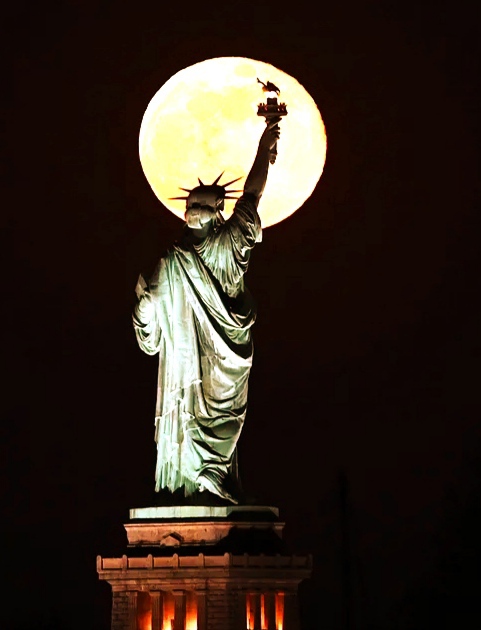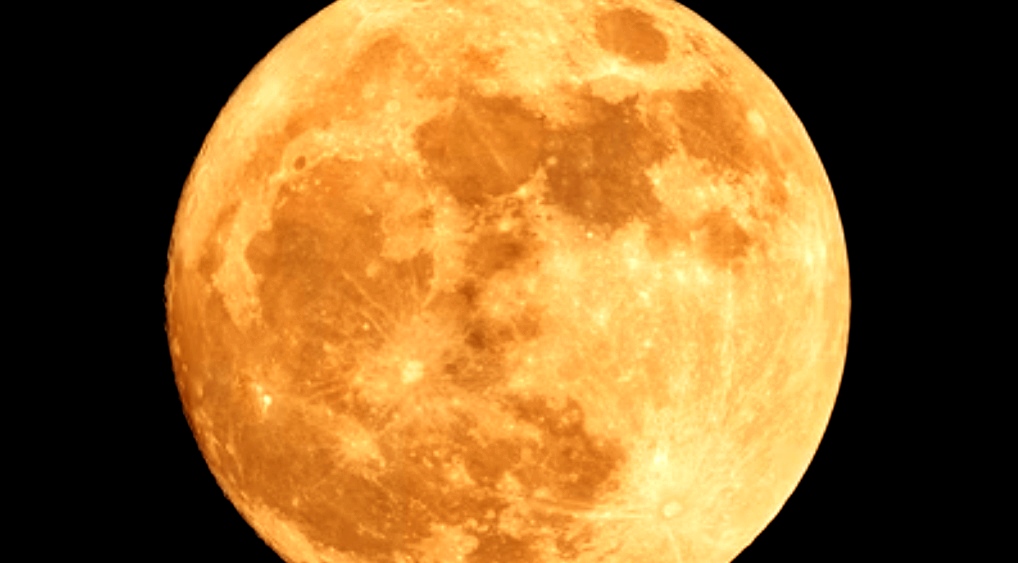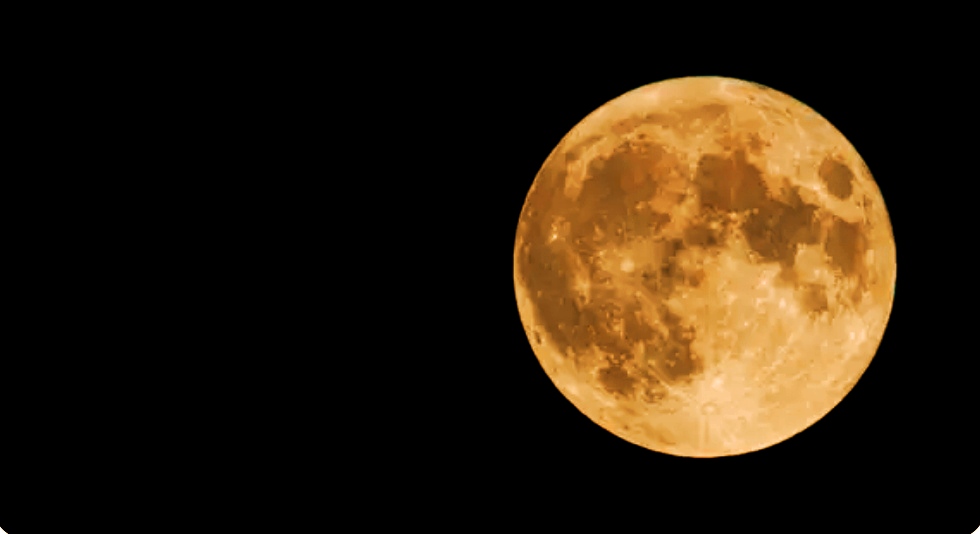Manashimaya
May 2024’s Full Moon:
Unveiling the Beauty of the Flower Moon
Mild May nights provide the perfect opportunity for stargazing and moon-gazing alike. This week, the full “flower moon” will grace the night sky over the United States, offering a celestial spectacle. Although the full moon officially occurs on Thursday morning, it will appear full to our eyes from Tuesday night through early Friday evening, according to NASA.
It’s the final full moon of meteorological spring, which ends as the calendar flips from May to June, AccuWeather said.
Some parts of the world will also see a lunar eclipse this week, though it will not be visible here in the U.S. The eclipse should be visible from most of Europe, Africa, Asia, Australia, and New Zealand, weather permitting, AccuWeather said.
On Thursday, May 23, at 9:53 a.m. (EDT), the moon will be full. At this point, it will be below the horizon. Thus, the Old Farmer’s Almanac advised looking at the full flower moon on Wednesday and Thursday nights for the greatest view.

Why is it called the flower moon?
The Old Farmer’s Almanac states that the name of May’s full moon was inspired by the springtime flower blooms that occur throughout North America.
As per the almanac, the names of full moons “come from several places, including Native American, Colonial American, and European sources.” The Algonquin people are credited with giving rise to the moniker “flower moon.”

The flower moon is just one name for May’s full moon. Other Native American names include:
What are some other names for the May full moon?
- Budding moon (Cree)
- Egg laying moon (Cree)
- Frog moon (Cree)
- Leaf budding moon (Cree)
- Planting moon (Dakota, Lakota)
- Moon of shedding ponies (Oglala)
- Where will the penumbral lunar eclipse be visible?
- If the weather permits, much of Europe, Africa, Asia, Australia, and New Zealand should be able to see the penumbral lunar eclipse, according to AccuWeather meteorologist Brian Lada. According to EarthSky, this fairly modest event happens as the moon passes through the penumbra,

What are some other names for the May full moon?
The flower moon is just one name for May’s full moon. Other Native American names include:
• Budding moon (Cree)
• Egg-laying moon (Cree)
• Frog moon (Cree)
• Leaf budding moon (Cree)
• Planting moon (Dakota, Lakota)
• Moon of shedding ponies (Oglala)
Where will the penumbral lunar eclipse be visible?
If the weather permits, much of Europe, Africa, Asia, Australia, and New Zealand should be able to see the penumbral lunar eclipse, according to AccuWeather meteorologist Brian Lada. According to EarthSky, this fairly modest event happens as the moon passes through the penumbra, the outer region of Earth’s shadow, and is not as dramatic or noticeable as a total lunar eclipse.
When will 2024’s next full moon occur?
The strawberry moon is scheduled for June 21st, following the flower moon. Its name comes from the plentiful strawberries that are usually picked in June.
What are the full moon names for the rest of the year?
• June 21: Strawberry moon
• July 21: Buck moon
• Aug. 19: Sturgeon moon
• Sept. 17: Harvest moon
• Oct. 17: Hunter’s moon
• Nov. 15: Beaver moon
• Dec. 15: Cold moon
